Sunflower Sutra
Active Member
https://www.audiosciencereview.com/forum/index.php?threads/harbeth-monitor-30-speaker-review.11108/
*grabs popcorn and waits for Alan shaw*
*grabs popcorn and waits for Alan shaw*
Interesting that he couldn't be bothered to listen to them.
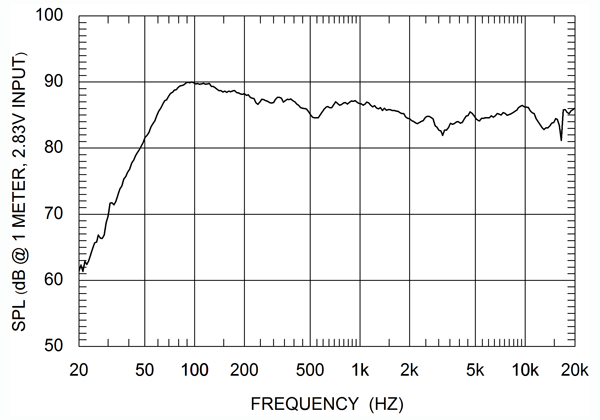
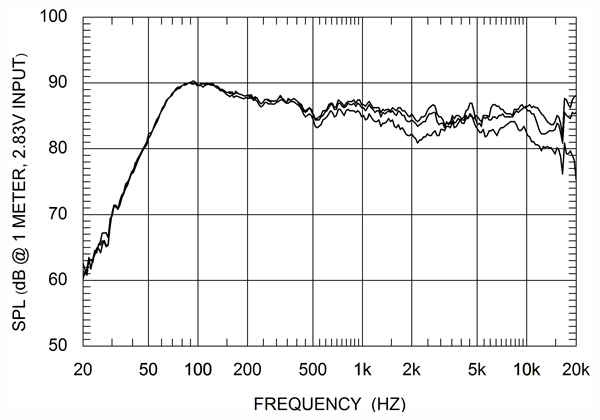
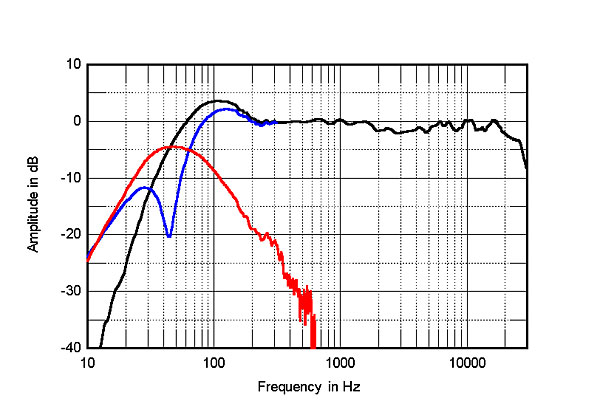
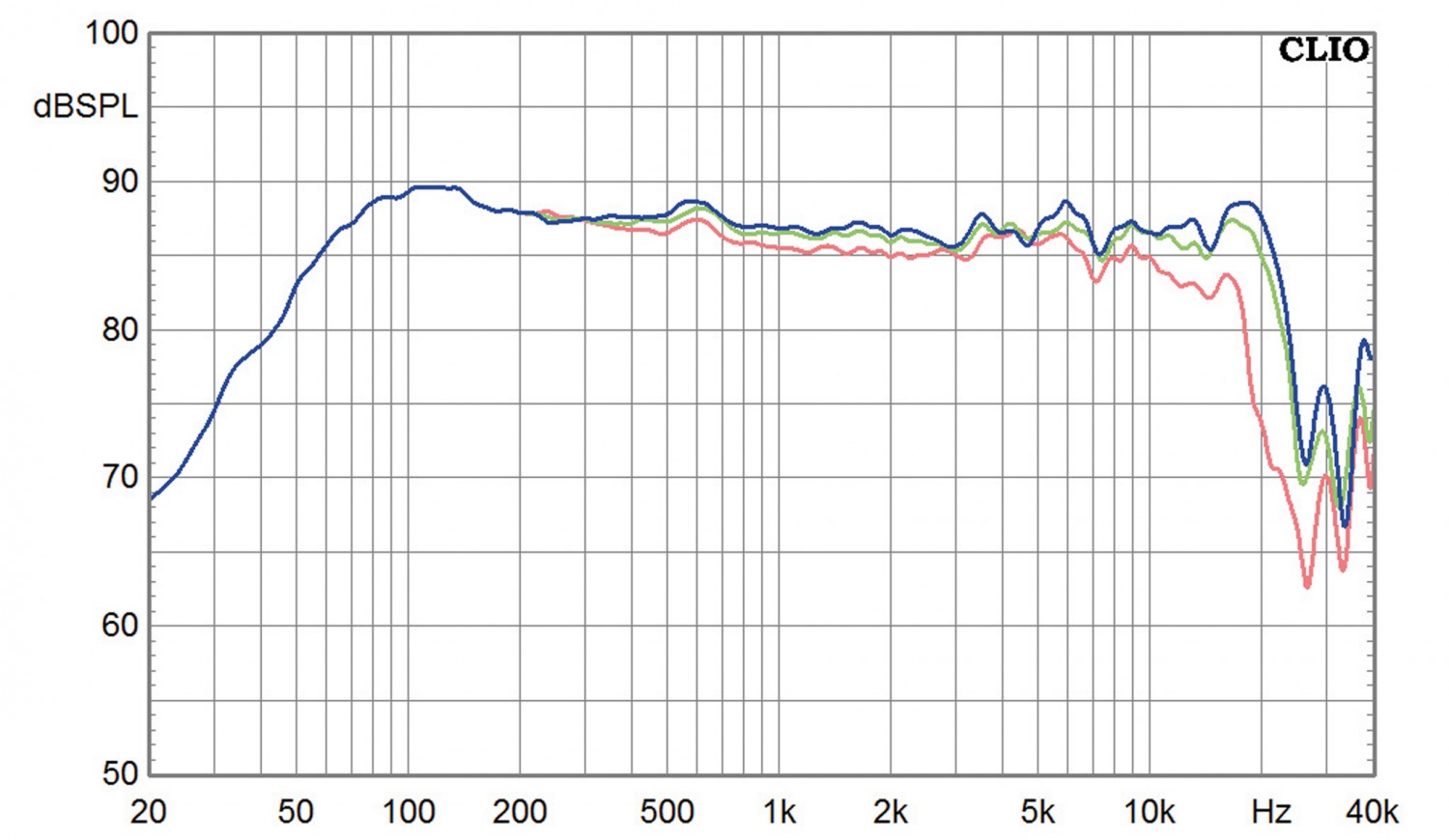
They're 18 years old.
To be fair:
1. he says he hasn't had time yet. That's not quite the same as not being bothered.
2. there are plenty of people of people posting on the internet about how speakers sound (to them, in their room, in their system, on the music they like ...). There aren't many people doing the kind of testing Amir is now doing, and putting the results online.
The M30.2 was £3895 but was a 'limited edition' and is now finished.
The M30.1 is £2995 in Cherry.
The measurements of all the models has improved noticeably over the 18 years since that M30 was produced.
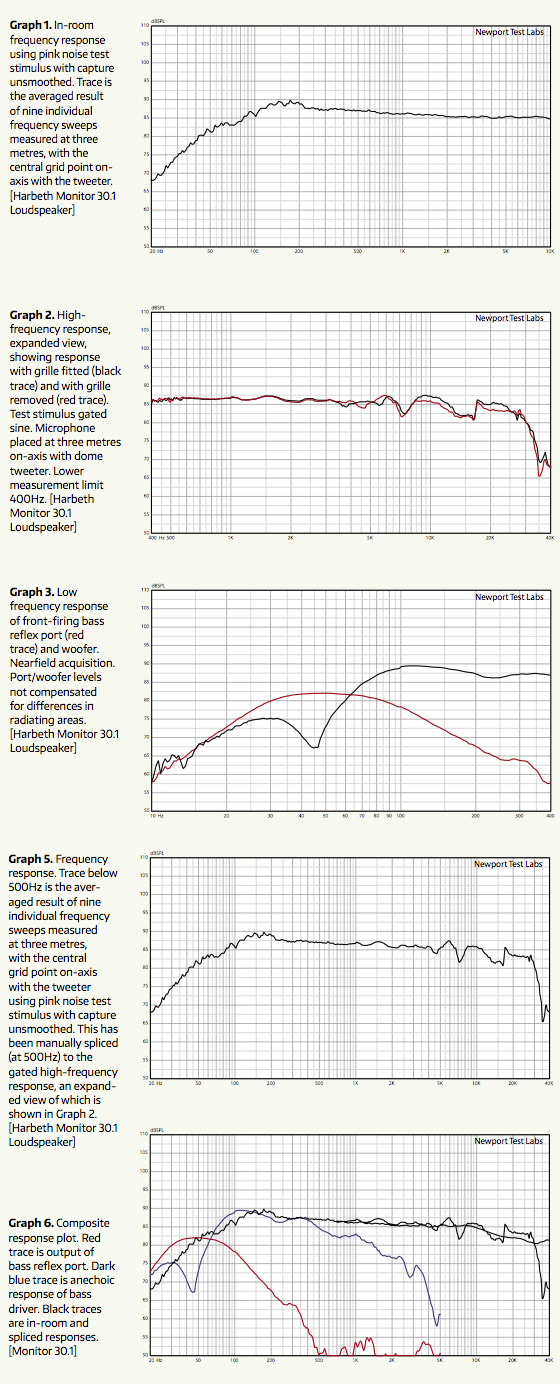
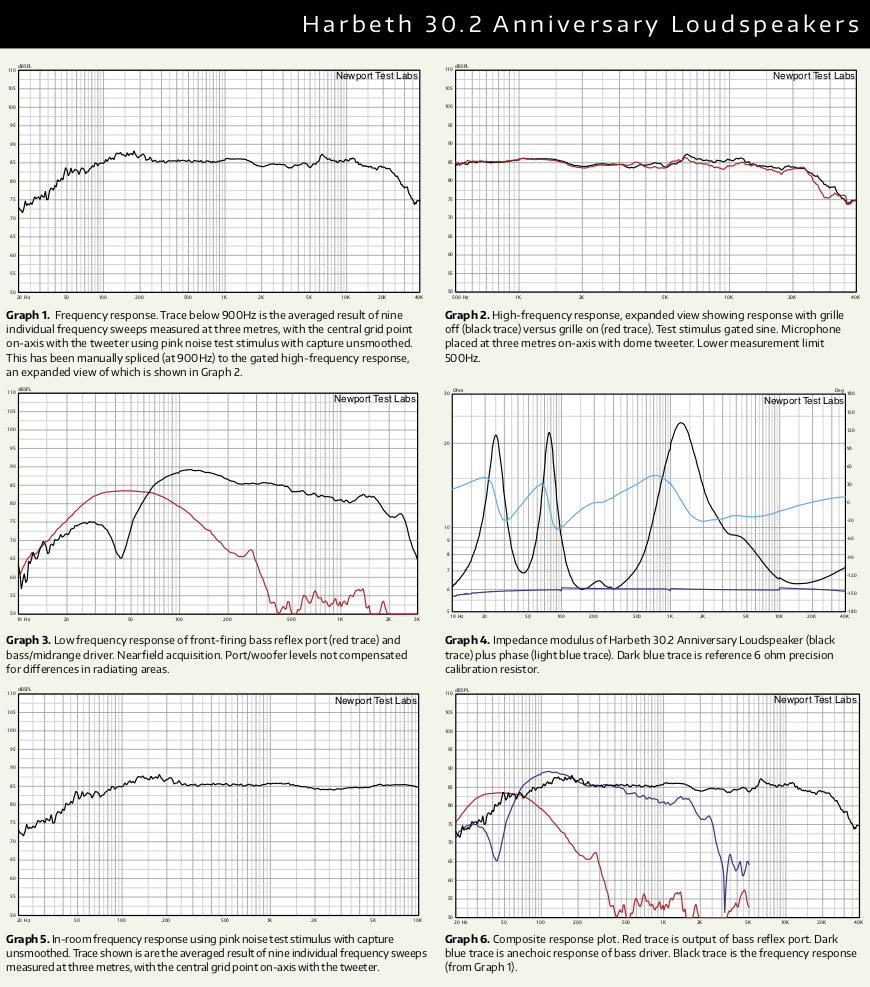
The M30.2 was £3895 but was a 'limited edition' and is now finished.
The M30.1 is £2995 in Cherry.
The measurements of all the models has improved noticeably over the 18 years since that M30 was produced.
Until he has started to learn how to translate what the measurements show into what is heard within his listening environment he is perhaps wise to keep away from discussing subjective impressions. If and when he does start I hope he sticks to technical terminology and wholly rejects audiophile terminology. We will see.
An interesting question. Imaging is probably best not considered a direct independent property of a speaker in the manner of distortion or frequency response because of the major role played by reflections in stereo image perception. The most useful measures to compare speakers are likely to involve the speaker in standard rooms (lively, dead, good acoustics, bad acoustics,...). There are a bunch of existing objective measures for apparent source location, envelopment, spaciousness, apparent source width, etc... available in the psychoacoustics literature but I am not sufficiently familiar to make recommendations.Care to give an example of each? I'm curious, for example, how one would convey a speaker's ability (or inability) to image in a way that casts a "convincing and seamless soundstage with appreciable width and depth" using purely technical terminology, or at least technical terminology that would make sense to the reader.
Care to give an example of each? I'm curious, for example, how one would convey a speaker's ability (or inability) to image in a way that casts a "convincing and seamless soundstage with appreciable width and depth" using purely technical terminology, or at least technical terminology that would make sense to the reader.
